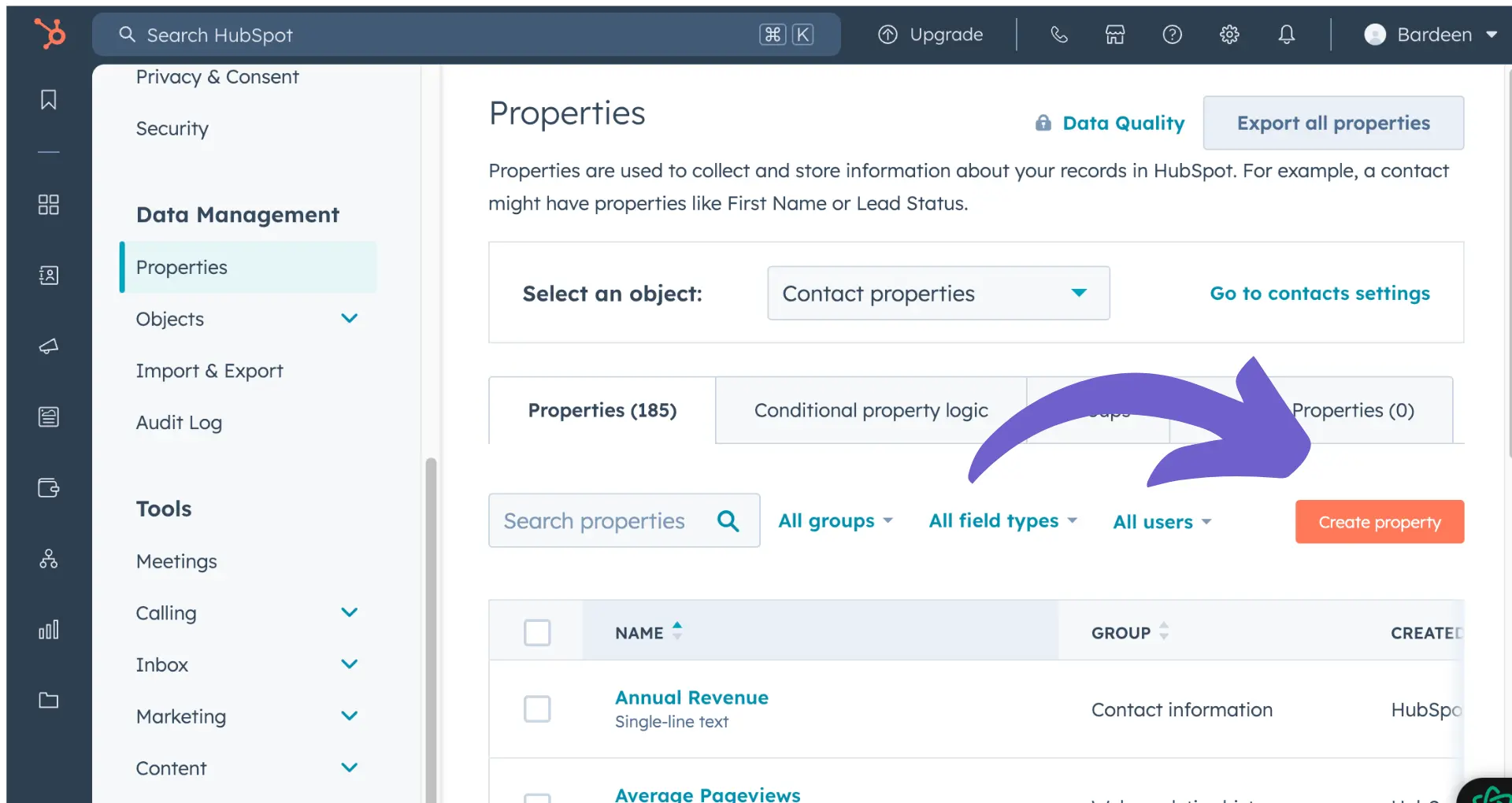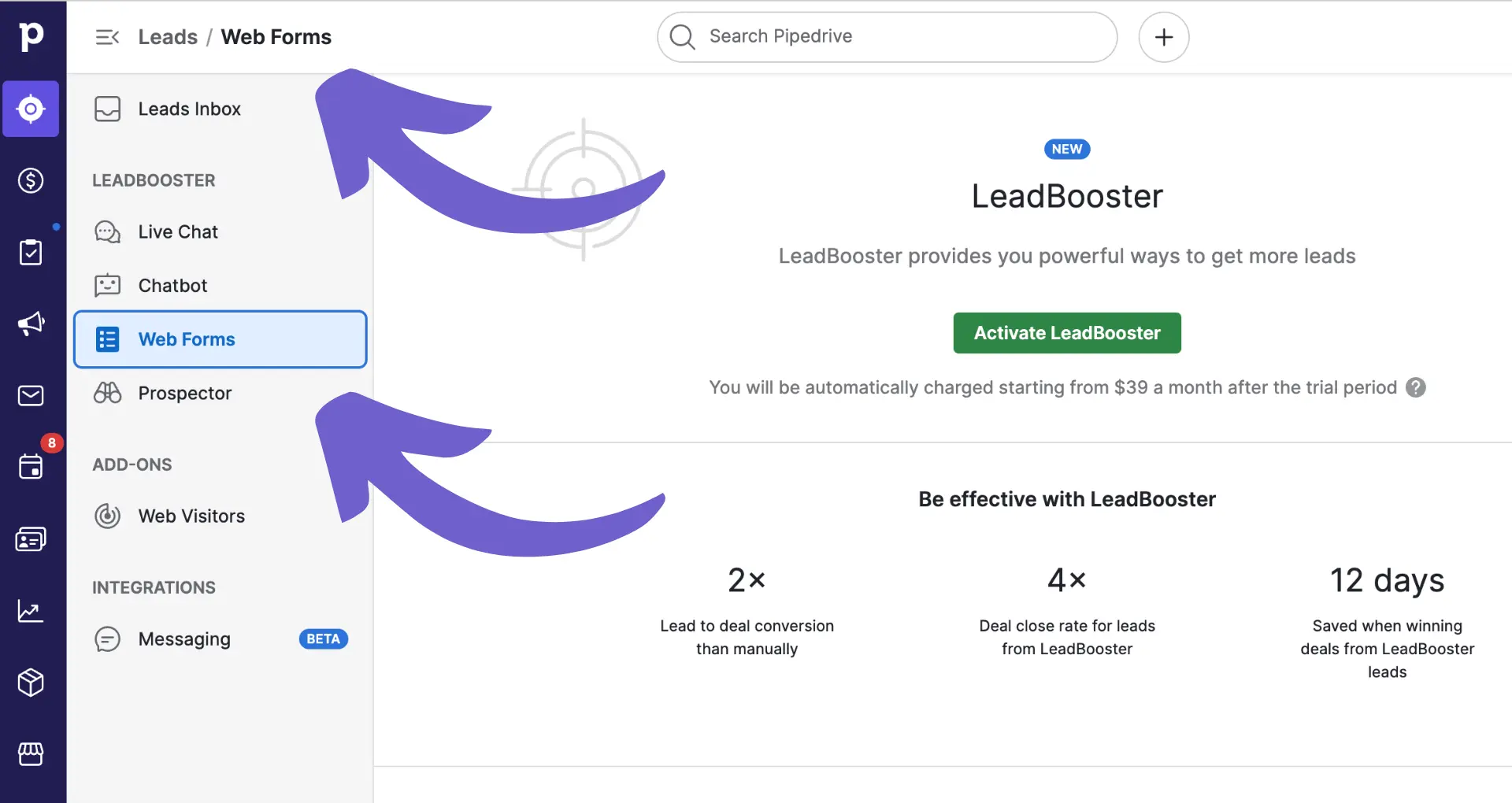LinkedIn scraping has become a hot topic for businesses looking to gather valuable data. But is it legal? Navigating the complex world of web scraping laws can be tricky. In this comprehensive guide, we'll dive into the key challenges and considerations surrounding LinkedIn scraping legality.
From understanding LinkedIn's stance to exploring court cases and best practices, you'll gain the knowledge to make informed decisions. Whether you're a marketer, recruiter, or data enthusiast, this guide will provide the insights you need to scrape LinkedIn data legally and ethically.
Get ready to uncover the secrets of compliant LinkedIn scraping and take your data-driven strategies to the next level!
LinkedIn's Stance on Data Scraping: What the Platform Says
LinkedIn's User Agreement strictly prohibits any form of data scraping on its platform. The professional networking site employs various technical measures to prevent unauthorized access and scraping of its members' data.
LinkedIn's policies aim to protect user privacy and maintain the integrity of the platform. Violating these guidelines can result in serious consequences for those engaged in scraping activities.
1. LinkedIn's User Agreement Prohibits Data Scraping
The LinkedIn User Agreement explicitly states that users are not permitted to develop or use any software, devices, scripts, robots, or other means to scrape data from the platform. This includes copying profiles, downloading contact information, and automating activity on LinkedIn.
By agreeing to LinkedIn's terms of service, users are bound to refrain from any form of data scraping. Failure to comply with these guidelines constitutes a breach of the User Agreement.
2. Technical Measures to Prevent Scraping
To enforce its anti-scraping policies, LinkedIn employs various technical measures. These include rate limiting, which restricts the number of requests a user can make within a specific timeframe, and IP blocking, which prevents access from suspicious IP addresses.
LinkedIn continuously updates its defenses against scraping tools and technologies. The platform actively monitors for unusual activity patterns and takes swift action against accounts engaged in unauthorized scraping. For those interested in LinkedIn scraping capabilities, it's essential to be aware of these restrictions.
3. Consequences of Violating LinkedIn's Policies
Users who violate LinkedIn's anti-scraping policies face serious consequences. LinkedIn may restrict or shut down the accounts of individuals or companies found to be scraping data from the platform.
In addition to account bans, LinkedIn reserves the right to take legal action against those who engage in unauthorized scraping. This can result in costly lawsuits and damage to the reputation of the offending parties.
LinkedIn's stance on data scraping is clear: it is strictly prohibited and can lead to severe repercussions for violators. The platform is committed to safeguarding user data and maintaining a trusted environment for professional networking.
In the next section, we will explore the legal landscape surrounding LinkedIn data scraping and the key challenges involved.
LinkedIn Data Scraping and the Law: What You Need to Know
The legality of LinkedIn data scraping is a complex issue that involves various laws and court cases. The Computer Fraud and Abuse Act (CFAA) is a key statute that relates to web scraping, while landmark cases like hiQ Labs v. LinkedIn have set important precedents for scraping publicly available data. Understanding the legal distinction between scraping public and private data on LinkedIn is crucial for anyone engaging in this practice.
1. The Computer Fraud and Abuse Act (CFAA)
The CFAA is a federal law that prohibits unauthorized access to computer systems. It has been used in cases involving web scraping, with companies arguing that scrapers are accessing their servers without permission.
However, the application of the CFAA to web scraping is not always straightforward. Courts have interpreted the law differently in various cases, leading to some uncertainty around its scope.
2. hiQ Labs v. LinkedIn: A Landmark Case
In 2017, LinkedIn sent a cease-and-desist letter to hiQ Labs, a company that scraped publicly available data from LinkedIn profiles. hiQ Labs sued LinkedIn, arguing that the data was public and that LinkedIn's actions violated antitrust laws.
The court ruled in favor of hiQ Labs, stating that the company had a legitimate business interest in accessing and analyzing public data. This decision set a precedent for the legality of scraping publicly available information from websites like LinkedIn.
3. Public vs. Private Data on LinkedIn
The legal status of LinkedIn data scraping often hinges on the distinction between public and private data. Information that users choose to make publicly available on their profiles, such as job titles and work history, is generally considered fair game for scraping.
However, scraping private data that requires a login or accessing information without user consent can be illegal. It's essential to respect user privacy settings and only collect data that is openly accessible.
Automate LinkedIn data scraping responsibly by using a LinkedIn profile scraper. This tool helps collect data efficiently while staying compliant with legal guidelines.
The legality of LinkedIn data scraping is influenced by various laws and court decisions. The CFAA and cases like hiQ Labs v. LinkedIn provide important context for understanding the legal landscape surrounding this practice.
As you navigate the world of LinkedIn data scraping, keep in mind the crucial distinction between public and private data. In the next section, we'll explore the ethical considerations that should guide your scraping practices.
Ethical Considerations for LinkedIn Scraping: Respecting User Privacy and Best Practices
When scraping LinkedIn data, it's crucial to consider the ethical implications and respect user privacy. Best practices like only collecting publicly available data and not overloading LinkedIn's servers can help ensure your scraping activities remain above board. However, unethical practices such as scraping private information or disregarding LinkedIn's terms of service can lead to serious consequences.
1. Respecting User Privacy on LinkedIn
LinkedIn users trust the platform with their personal and professional information. When scraping LinkedIn data, it's essential to respect this trust and only collect data that users have chosen to make publicly available. For example, using a LinkedIn data scraper to gather public profile information, such as their job title and work history, is generally considered acceptable. However, attempting to access private messages or connection lists without consent crosses an ethical line and violates user privacy.
2. Best Practices for Ethical LinkedIn Scraping
To ensure your LinkedIn scraping activities remain ethical, follow best practices such as:
- Only scraping data that is publicly available and not protected by privacy settings
- Limiting the frequency and volume of your scraping requests to avoid overloading LinkedIn's servers
- Clearly identifying yourself and your purpose when scraping data
By adhering to these guidelines, you can collect valuable data while respecting LinkedIn's terms of service and maintaining an ethical approach to scraping.
3. Unethical LinkedIn Scraping Practices to Avoid
Not all LinkedIn scraping practices are created equal. Some activities, such as creating fake profiles to access private data or selling scraped information without permission, are clearly unethical and can result in severe consequences. Other practices, like scraping data at an excessive rate or ignoring LinkedIn's robots.txt file, may seem less egregious but can still put your scraping efforts at risk. To stay on the right side of the ethical line, avoid any activities that violate user privacy, disregard LinkedIn's terms of service, or harm the platform's functionality.
Respecting user privacy and adhering to best practices are key to ethical LinkedIn scraping. By only collecting publicly available data, limiting your scraping requests, and avoiding unethical practices, you can gather valuable insights while maintaining integrity.
Now that you understand the ethical considerations surrounding LinkedIn scraping, let's explore how you can mitigate the legal risks associated with this practice in the next section.
Mitigating Legal Risks of LinkedIn Scraping: Strategies, Legal Counsel, and Alternatives
LinkedIn scraping comes with inherent legal risks, but there are strategies to mitigate them. Using proxies and rate limiting can help avoid detection and bans, while consulting with legal counsel ensures your practices align with the law. Additionally, exploring alternative data sources may offer lower legal risk compared to scraping LinkedIn directly.
1. Strategies to Avoid Detection and Bans
To minimize the risk of detection and bans when scraping LinkedIn, employ tactics like rotating IP addresses using proxies. This makes it harder for LinkedIn to identify and block your scraping activity based on a single IP.
Another key strategy is to limit your scraping rate and introduce random delays between requests. This helps mimic human behavior and avoids triggering LinkedIn's anti-scraping mechanisms. Tools like Scrapy and Selenium allow you to control request frequency and add natural pauses.
2. The Importance of Legal Counsel
Given the legal complexities surrounding LinkedIn scraping, it's crucial to consult with experienced legal counsel. They can review your specific scraping practices and advise on compliance with relevant laws and LinkedIn's terms of service.
Legal counsel can also help you navigate gray areas and make informed decisions about the level of risk you're willing to accept. They can provide guidance on best practices and help you develop a scraping policy that balances your data needs with legal considerations.
3. Alternative Data Sources to Consider
While LinkedIn is a valuable data source, it's not the only option. Exploring alternative data sources may allow you to gather similar insights with lower legal risk compared to scraping LinkedIn itself.
Save time and reduce legal risks by using Bardeen's LinkedIn to Google Sheets automation. Easily update profile information and manage your leads effectively.
For example, some companies offer LinkedIn data through official APIs or reseller agreements. These methods, while potentially more expensive, provide a sanctioned way to access LinkedIn data. Other sources like public business directories or company websites may also offer relevant data without the same level of legal risk as scraping LinkedIn.
By employing strategies to avoid detection, seeking legal guidance, and considering alternative data sources, you can mitigate the legal risks associated with LinkedIn scraping. The legality of scraping LinkedIn data remains a complex issue, but taking proactive steps can help you navigate this landscape more safely.
Whew, you've made it this far in the article! Give yourself a pat on the back for your dedication to learning about the legal aspects of LinkedIn scraping. Just don't get too complacent – the legal landscape is always evolving, so stay vigilant!
Conclusions
Understanding the legality of LinkedIn scraping is crucial to avoid potential legal consequences and ethical breaches. For insights on similar topics, check out this guide on web scraper extensions. This guide covered:
- LinkedIn's stance on scraping, including their User Agreement, technical measures, and potential consequences
- The legal landscape surrounding LinkedIn scraping, including relevant laws and court cases
- Ethical considerations for scraping LinkedIn, such as respecting user privacy and best practices
- Strategies to mitigate legal risks, like using proxies, seeking legal counsel, and considering alternative data sources
Failing to grasp the legal complexities of LinkedIn scraping could land you in hot water. Don't let ignorance be your downfall – stay informed and scrape responsibly!






